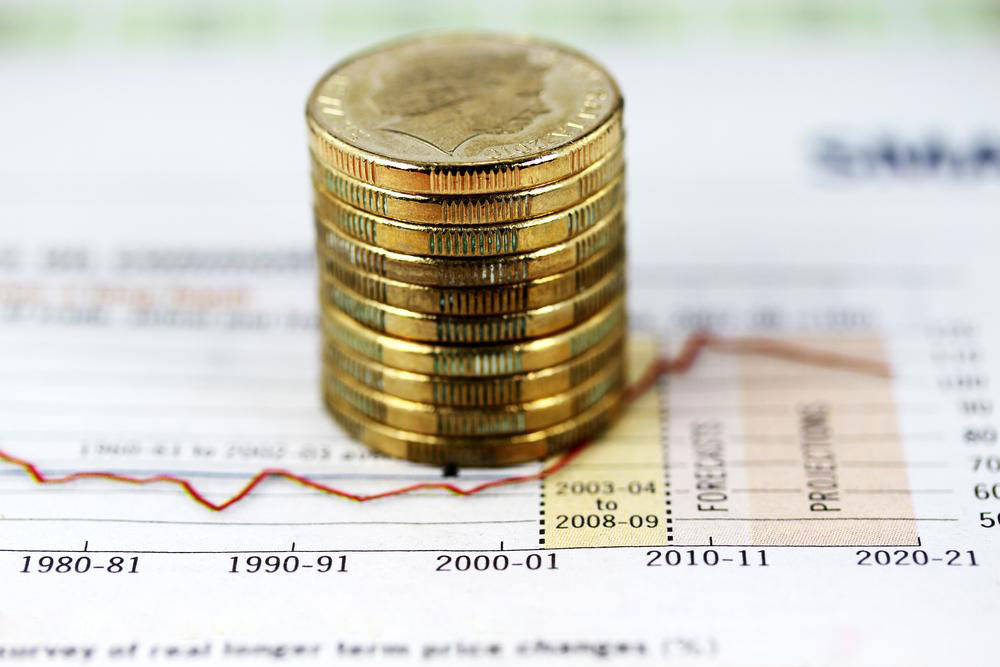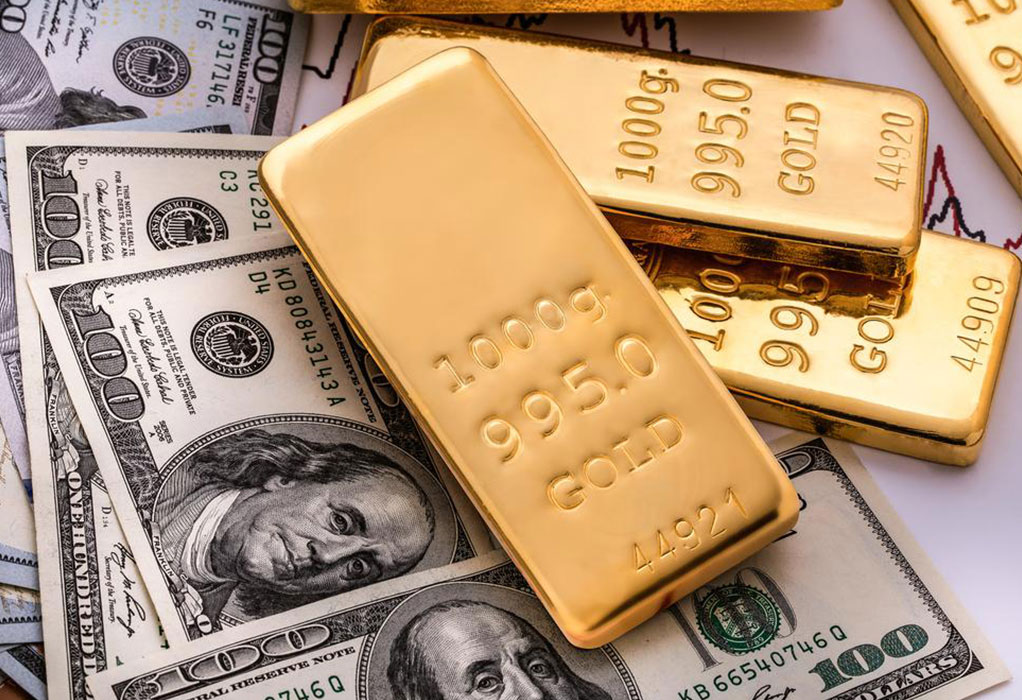Comprehensive Analysis of Gold Price Fluctuations and Market Trends
This comprehensive analysis explores gold price fluctuations, their historical peaks in 2011 and 2016, and the economic factors influencing these trends. It highlights gold's vital role as a safe haven asset during times of global uncertainty, inflation, and geopolitical crises. Understanding these trends helps investors make informed decisions in diversifying their portfolios and safeguarding wealth against market volatility. The article emphasizes the importance of macroeconomic factors, seasonal trends, and global events in shaping gold prices over time, offering valuable insights for both seasoned investors and beginners.

Gold has long been regarded as a symbol of wealth and a safe haven investment, especially during times of economic uncertainty. Over the years, gold prices have experienced significant fluctuations influenced by various global economic and geopolitical factors. Understanding the historical trends, key peaks, and the underlying causes of these price movements is essential for investors, traders, and anyone interested in precious metals. This article provides an in-depth exploration of gold price trends, the factors driving these fluctuations, and the strategic importance of gold in an investment portfolio.
In August 2011, gold prices reached an all-time high of approximately $1,917.90 per ounce. This remarkable surge was driven by a combination of economic worries, including the European debt crisis, lingering concerns about the US economy, and a flight to safety among investors. Before this peak, gold prices had been climbing steadily from earlier in the year when prices hovered around $1,400 per ounce, reflecting heightened market anxiety and inflation fears. The rapid ascent of gold during this period highlighted its role as a hedge against economic instability and currency devaluation.
During this surge, notably in after-hours trading, gold demonstrated extreme volatility. Investors worldwide watched anxiously as gold prices outpaced inflation rates significantly, emphasizing gold's effectiveness as a store of value. Historically, gold's price increase in this period surpassed the overall inflation rate and reflected widespread uncertainty about the sustainability of the global financial system. The robust increase cemented gold’s position as a preferred safe haven asset during turbulent times.
The decade following this peak showed a steady, albeit fluctuating, growth trend in gold prices. On average, gold appreciated approximately 21% annually over the ten-year span, outperforming many traditional investment channels. In comparison, global inflation averaged around 2.4%, highlighting gold's relative resilience and attractiveness during economic downturns or geopolitical crises. Such sustained growth reinforced gold’s status as an effective inflation hedge and a vital component in diversified investment portfolios.
Global economic events played a crucial role in influencing gold prices. The European debt crisis, which became prominent around 2010-2012, triggered fears of sovereign defaults and economic collapse, thereby boosting gold demand. Similarly, the economic turmoil in the United States, including the aftermath of the 2008 financial crisis, spurred interest in gold as a safe investment. Additionally, the weakening of major currencies and uncertainties in global markets further drove investors toward physical gold and gold derivatives.
Another notable period in gold’s price journey occurred in February 2016 when prices surged again. During this time, gold reached levels that were approximately 44 times higher than oil prices, which had fallen sharply due to fluctuating supply and demand dynamics, particularly in response to global oil price shocks. The seasonal trend around Chinese New Year also contributed to the upward pressure on gold prices, as gold jewelry and investment demand tend to increase during this period due to cultural and economic factors in China, the world’s largest gold consumer.
Gold’s role as a hedge against inflation and currency devaluation remained relevant throughout these peaks. Investors view gold as a protection mechanism during times of rising inflation or currency instability because it maintains intrinsic value independent of fiat currencies. Consequently, during periods of economic stress, gold often attracts increased investment, leading to higher prices.
Understanding gold price trends requires analyzing multiple factors, including macroeconomic indicators, geopolitical events, monetary policies, and seasonal trends. Gold prices are also influenced by the strength of the US dollar, interest rate policies, and central bank holdings. For example, when the US dollar depreciates, gold prices tend to rise, and vice versa. Central banks’ gold reserve policies and global demand for physical gold also contribute to price fluctuations.
In recent years, technological advances and digital gold platforms have transformed gold trading, making it more accessible to retail investors. Despite these changes, the fundamental factors influencing gold prices remain consistent: market uncertainty, inflation expectations, geopolitical tensions, and monetary policy shifts.
In conclusion, gold continues to be a vital asset class for investors seeking security and diversification. Its historical price trends, notably the peaks in 2011 and 2016, reflect the ongoing importance of gold as a safe haven in an unpredictable global economy. By understanding the key drivers behind gold’s price movements, investors can make more informed decisions aligning with their risk tolerance and financial goals. Whether as a hedge against inflation or a safe store of value during crises, gold remains a cornerstone of resilient investment strategies.





